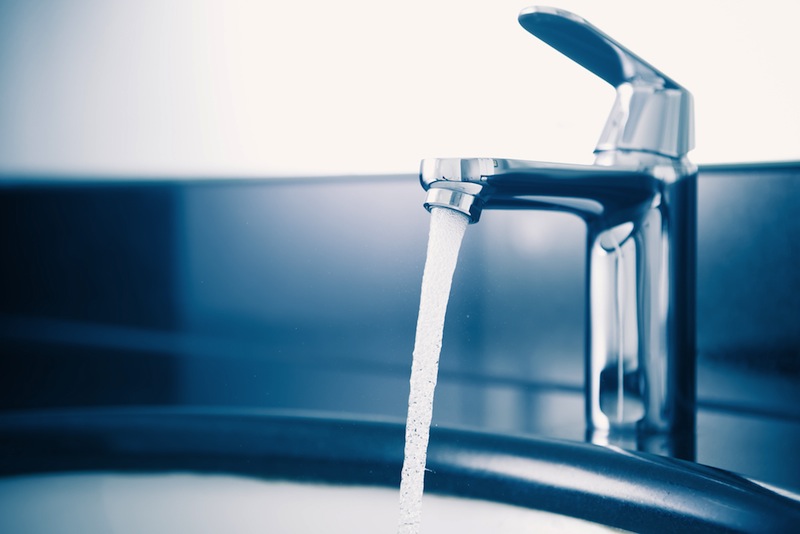Is There Radium In Your Tap Water? New Map Can Show You

Does your tap water contain the radioactive element radium? You might be surprised to hear that tap water for more than 170 million Americans contains the compound, and a new interactive map shows the water systems where this potentially hazardous element was found.
The map was made by the Environmental Working Group (EWG), a non-profit advocacy organization in Washington D.C. that focuses on environmental issues and public health.
The data for the map comes from an EWG analysis of water quality tests from 2010 to 2015. Of the 50,000 water utilities, 22,000 utilities serving over 170 million people in all 50 states reported detectable levels of radium, EWG said. (The map includes only water systems with detectable levels of radium.)
Radium is found naturally in soil and rock, and can get into groundwater supplies. Exposure to the element in high doses — much higher than the levels seen in drinking water — are known to cause cancer. There is no amount of exposure to radium that's considered "risk free," but the risk of cancer decreases at lower doses, EWG says. [Why Does My Water Taste Like …? Science Explains]
The Environmental Protection Agency (EPA) has set a legal limit for the combined level of two forms of radium, known as radium-226 and radium-228, that are allowed in drinking water: 5 picocuries per liter (pCi/L). A picocurie is a measure of radioactive decay. At this level, researchers would expect to see about 7 cancer cases per 100,000 people exposed to radium in drinking water over their lifetimes, EWG said.
Only a small percentage of water systems have radium at levels that exceed this limit. From 2010 to 2015, 158 public water systems serving 276,000 Americans in 27 states reported radium at levels that exceeded the federal limit, EWG said.
However, EWG says that the federal limit is based on data from more than 40 years ago, and needs to be updated. (Most of the water systems shown in the group's interactive map have radium levels below the legal limit.)
Sign up for the Live Science daily newsletter now
Get the world’s most fascinating discoveries delivered straight to your inbox.
In 2006, the California Office of Environmental Hazard Assessment, a department of the California state government, set new public health goals for radium in drinking water. The limits set in these goals were about 60 to 70 times lower than the federal limits, EWG said. (The California public health goal for radium-226 is 0.05 picocuries per liter, and the goal for radium-228 is 0.019 picocuries per liter.) At this level, a person risk of cancer from exposure radium in to drinking water over their lifetime would be about 1 in a million, EWG said.
People who want to know if there are radioactive elements in their drinking water can check EWG's Tap Water Database and enter their zip code. If their water provider isn't listed, they can contact their water utility for records of testing, EWG said.
If radium is found in your water, you can consider buying a water filter that is certified to remove radium, such as certain reverse osmosis filters, EWG said.
Original article on Live Science.

Rachael is a Live Science contributor, and was a former channel editor and senior writer for Live Science between 2010 and 2022. She has a master's degree in journalism from New York University's Science, Health and Environmental Reporting Program. She also holds a B.S. in molecular biology and an M.S. in biology from the University of California, San Diego. Her work has appeared in Scienceline, The Washington Post and Scientific American.










